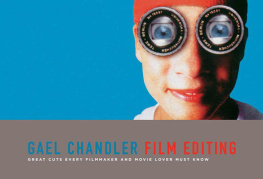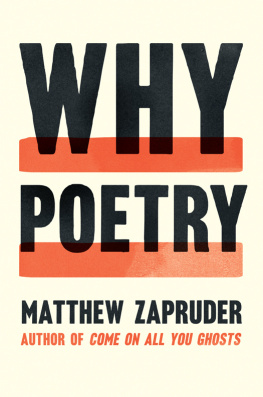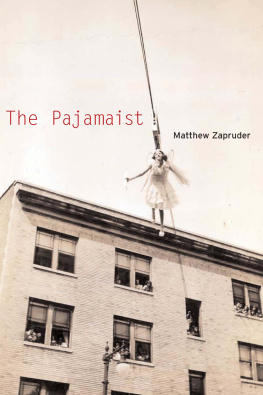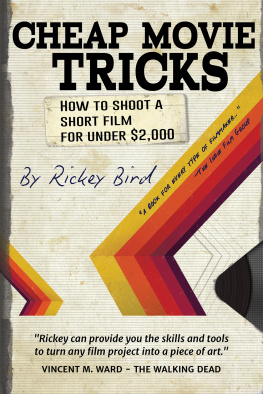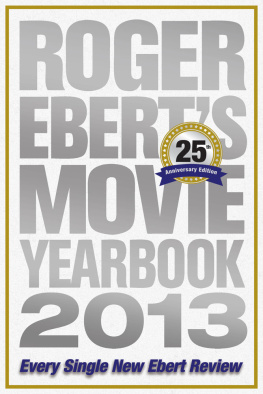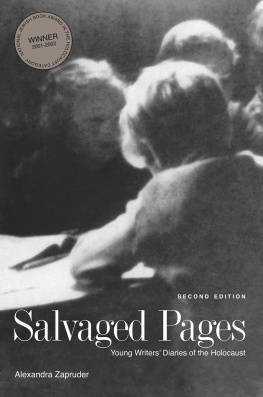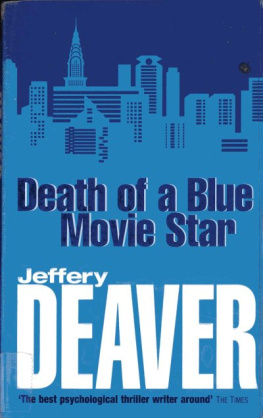The Great
Zapruder Film Hoax
Also by James H. Fetzer
Author
Scientific Knowledge: Causation, Explanation, and Corroboration
Artificial Intelligence: Its Scope and Limits
Philosophy and Cognitive Science
Computers and Cognition
Philosophy of Science
Co-Author
Glossary of Epistemology/Philosophy of Science
Glossary of Cognitive Science
Editor
Foundations of Philosophy of Science: Recent Developments
Principles of Philosophical Reasoning
Science, Explanation, and Rationality
The Philosophy of Carl G. Hempel
Aspects of Artificial Intelligence
Sociobiology and Epistemology
Epistemology and Cognition
Probability and Causality
Consciousness Evolving
Murder in Dealey Plaza
Assassination Science
Co-Editor
Program Verification: Fundamental Issues in Computer Science
Philosophy, Language, and Artificial Intelligence
Philosophy, Mind, and Cognitive Inquiry
The New Theory of Reference
Definitions and Definability

This book and others from CATFEET PRESS and Open Court may be ordered by calling 1-800-815-2280.

CATFEET PRESS and the above logo are trademarks of Carus Publishing Company.
Front cover drawn from Jack Whites color-photo section in Murder in Dealey Plaza (2000) with frame 335 of the fake Zapruder film. Back cover photograph of the editor by Janice E. Fetzer.
2003 by James H. Fetzer, Ph.D.
First printing 2003
Second printing 2004 (corrected and updated)
Third printing 2005 (with corrections)
All rights reserved. No part of this publication may be reproduced, stored in a retrieval system, or transmitted, in any form or by any means, electronic, mechanical, photocopying, recording, or otherwise, without the prior written permission of the publisher, Catfeet Press, an imprint of Open Court, a division of Carus Publishing Company, 315 Fifth Street, P.O. Box 300, Peru, Illinois 61354-0300.
Library of Congress Cataloging-in-Publication Data
The Great Zapruder film hoax : deceit and deception in the death of JFK / edited by James H. Fetzer.
p. cm.
Includes bibliographical references and index.
ISBN: 978-0-8126-9866-4
1. Kennedy, John F. (John Fitzgerald), 1917-1963Assassination. 2. Kennedy, John F. (John Fitzgerald), 1917-1963In motion pictures. 3. Zapruder, Abraham. 4. Amateur filmsTexasDallasHistory20th Century. 5. Amateur filmsForgeriesUnited StatesHistory20th Century. 6. Impostors and impostureUnited StatesHistory20th Century. I. Fetzer, James H., 1940
E842.9.G67 2003
364.152'40973'09046dc22
2003055736
Jack White
for showing the way
The most dangerous and vicious of all forgeries are those
committed on behalf of a causethe cause of a nation,
of an institution, or of a leaderand intended
to bring about a permanent falsification of history.
Allan Nevins, author of the Foreword to
John F. Kennedy, Profiles in Courage (1956)
CONTENTS
James H. Fetzer, Ph.D.
James H. Fetzer and Scott A. Lederer (featuring the Costella Combined Cut)
Jack White
David Healy
John Costella, Ph.D.
Jack White
John Costella, Ph.D.
David W. Mantik, M.D., Ph.D.
David Lifton
James H. Fetzer, Ph.D.
Appendices
George Costello
Roland Zavada
Douglas P. Horne
Noel Twyman
Rich DellaRosa
Josiah Thompson, Ph.D.
Gary Mack
David Lifton
John P. Costella, Ph.D.
... we always kept coming back to New York to study the Zapruder film [which was then in the possession of Life]the single most important piece of evidence. Quite obviously, the Zapruder footage contained the nearest thing to absolute truth about the sequence of events in Dealey Plaza.
Josiah Thompson, Six Seconds in Dallas (1967)
Perhaps no greater debate has raged in the history of the study of the death of JFK than has arisen over the authenticity of a 27-second home movie of the assassination, known as the Zapruder film. According to Abraham Zapruder, a local businessman from Dallas, after whom it has been named, he used a fully-wound, spring-loaded, hand-held Bell & Howell camera to film the Presidential motorcade as it passed through Dealey Plaza on 22 November 1963. (See his statement below.) This footage has been described as the most significant amateur recording of a news event in history.
Some students of the crime take it as the absolute foundation for understanding what actually transpired. Others are not so sure. Questions have been raised about virtually every aspect of the film and its contents, including inconsistencies between eyewitness reports and the contents of the film, differences between the alleged camera original and other copies, discrepancies between the film and other photographs and films, and a host of other issues, even extending to whether Zapruder really took the film that bears his name. And there are good reasons to ask.
The Zapruder film is a piece of a rather large and complex puzzle over the true causes of the death of Jack Kennedy. According to the official account, a lone gunman named Lee Oswald fired three shots from the sixth floor of the Texas School Book Depository with an obscure Italian World War II-vintage Mannlicher-Carcano 6.5 mm carbine and scored two hits, with one miss, as the following photograph displays. Abraham Zapruder was standing on a 4-foot concrete pedestal at the location shown below, which gave him a comprehensive view of the plaza and a suitable position for taking his film, even though a freeway road sign would partially block his view.
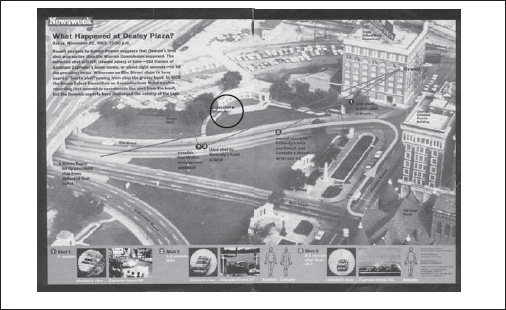
Newsweek (22 November 1993) with the location of Abraham Zapruder identified
According to this depiction, the first shot hit the branch of a tree and was deflected to the west, where it struck a curb and injured a distant bystander. The second allegedly struck Jack at the base of the back of the neck, transited his neck without hitting any bony structures and exited just above his tie, then hit Governor John Connally near his right armpit, shattering a rib and exiting his chest, then impacting with his right wrist and being deflected into his left thigh. The Warren Commision also claims that this bullet was foundin virtually pristine conditionon a stretcher at Parkland Hospital, and it has come to be known as the magic bullet (the Prologue). The third shot hit Jack in the head and killed him.
Next page

